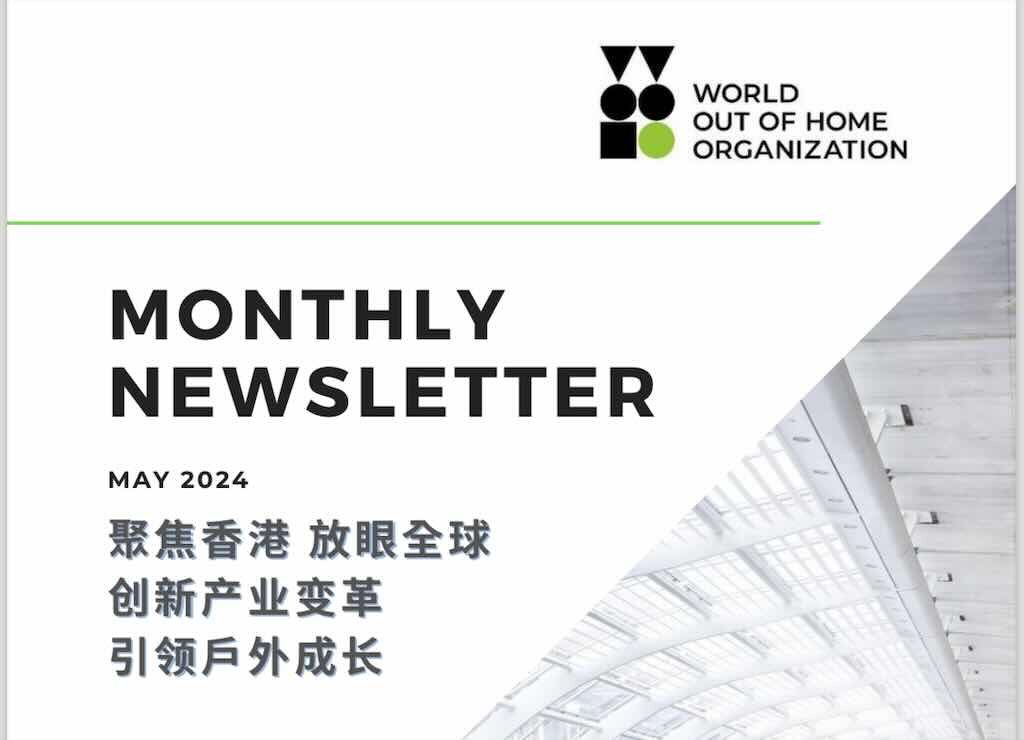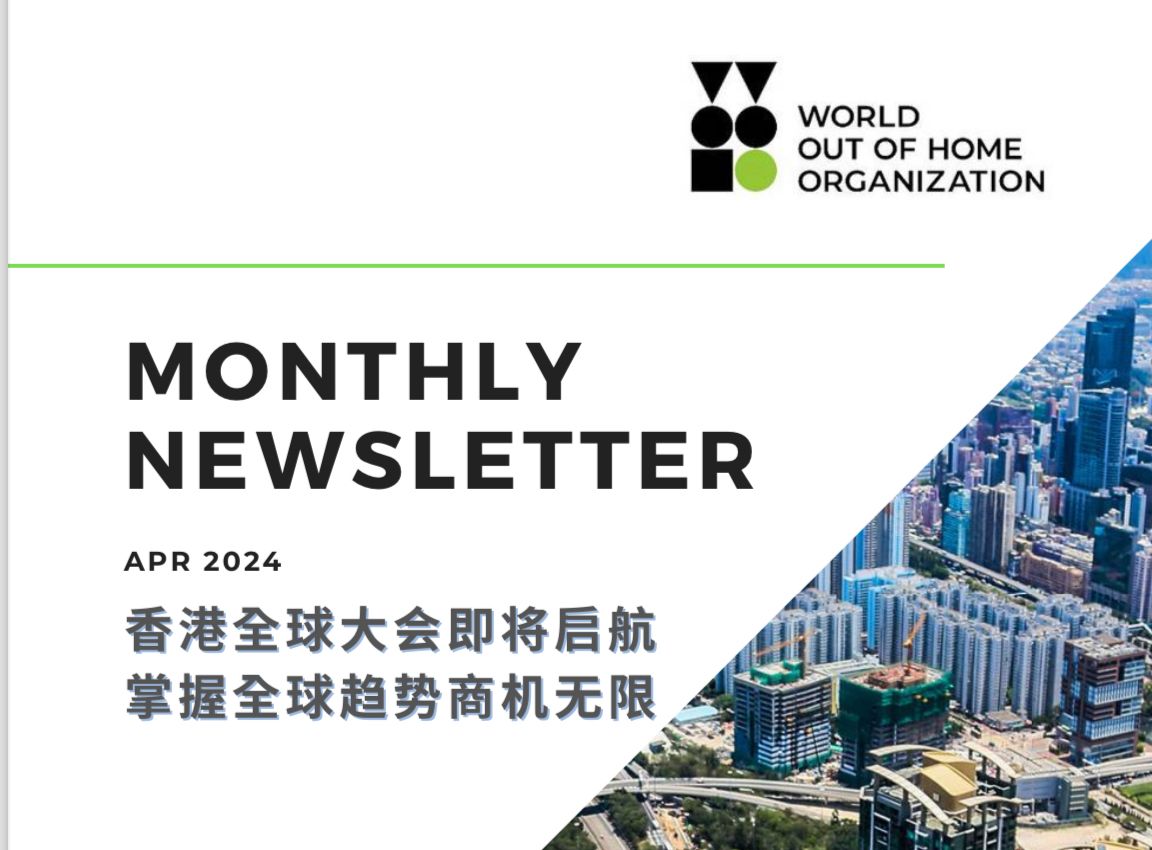Korea Government's Visa-Free Policy to attract One Million More Chinese Tourists, Putting Seoul Incheon Airport Advertising in Center Stage

As South Korea reopens its doors to Chinese group travelers through a temporary visa-free policy effective September 29, Incheon International Airport is emerging as the most strategic platform for advertisers. With Chinese arrivals expected to climb sharply during the upcoming National Day holiday and continuing into next year’s APEC Summit in Seoul, the airport’s advertising inventory is now viewed as prime real estate for global brands seeking to capture early engagement.
Incheon has long been more than a transit hub—it is a retail and media powerhouse. Duty-free shopping generates billions annually, and advertising screens within the terminals are positioned at critical decision-making points: customs exits, baggage claims, and boarding gates. For Chinese travelers, who are known for digital-first shopping behaviors, these high-resolution digital out-of-home (DOOH) displays offer both cultural familiarity and immediate influence over purchase intent.
The airport’s advantage lies in timing and context. Tourists are most attentive when navigating arrivals and departures, creating a captive audience for brands that want to deliver impactful first impressions. Global luxury houses, cosmetics giants, and technology firms already see Incheon’s media network as a launchpad to intercept visitors before they step into city centers. With the return of Chinese group tours—once responsible for some of the largest spikes in duty-free revenue—the importance of these advertising touchpoints is amplified.
Industry trends also reinforce the airport’s role. Research shows that adding OOH to a media plan can double short-term ROI by amplifying the effectiveness of connected TV, social, and mobile campaigns. For marketers targeting Chinese tourists, airport DOOH screens present a natural extension of campaigns running on TikTok, WeChat, or Douyin. Repurposed “snackable” video content, optimized for soundless but high-impact environments, allows brands to maintain omnichannel consistency.
The outlook is favorable. The South Korean government expects at least one million additional Chinese visitors as a direct result of the visa-free policy. Most of Chineses visitors passes through Incheon Airport’s gates, guaranteeing reach unmatched by city-based advertising.
As Chinese tourism rebounds, Incheon International Airport is not only the gateway to Korea but also the gateway to consumer influence. For advertisers, its advertising media are no longer optional—they are central to capturing the first and lasting impressions of the most valuable inbound market.


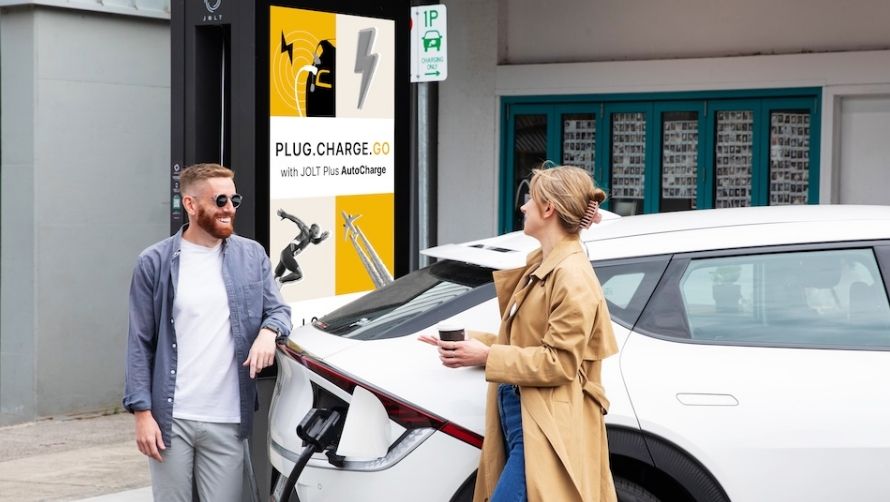
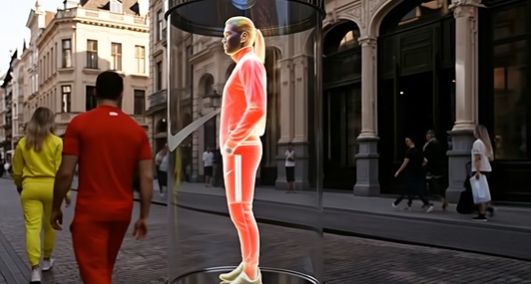
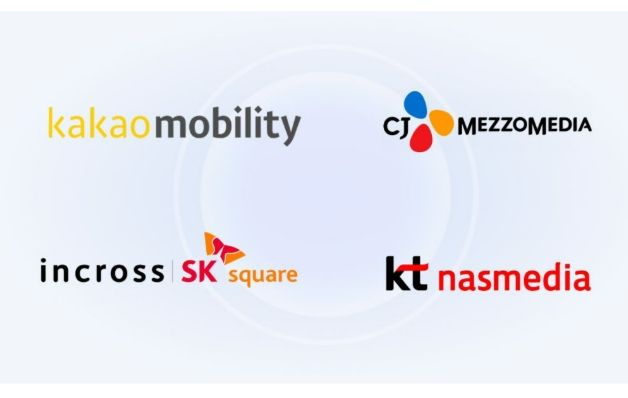
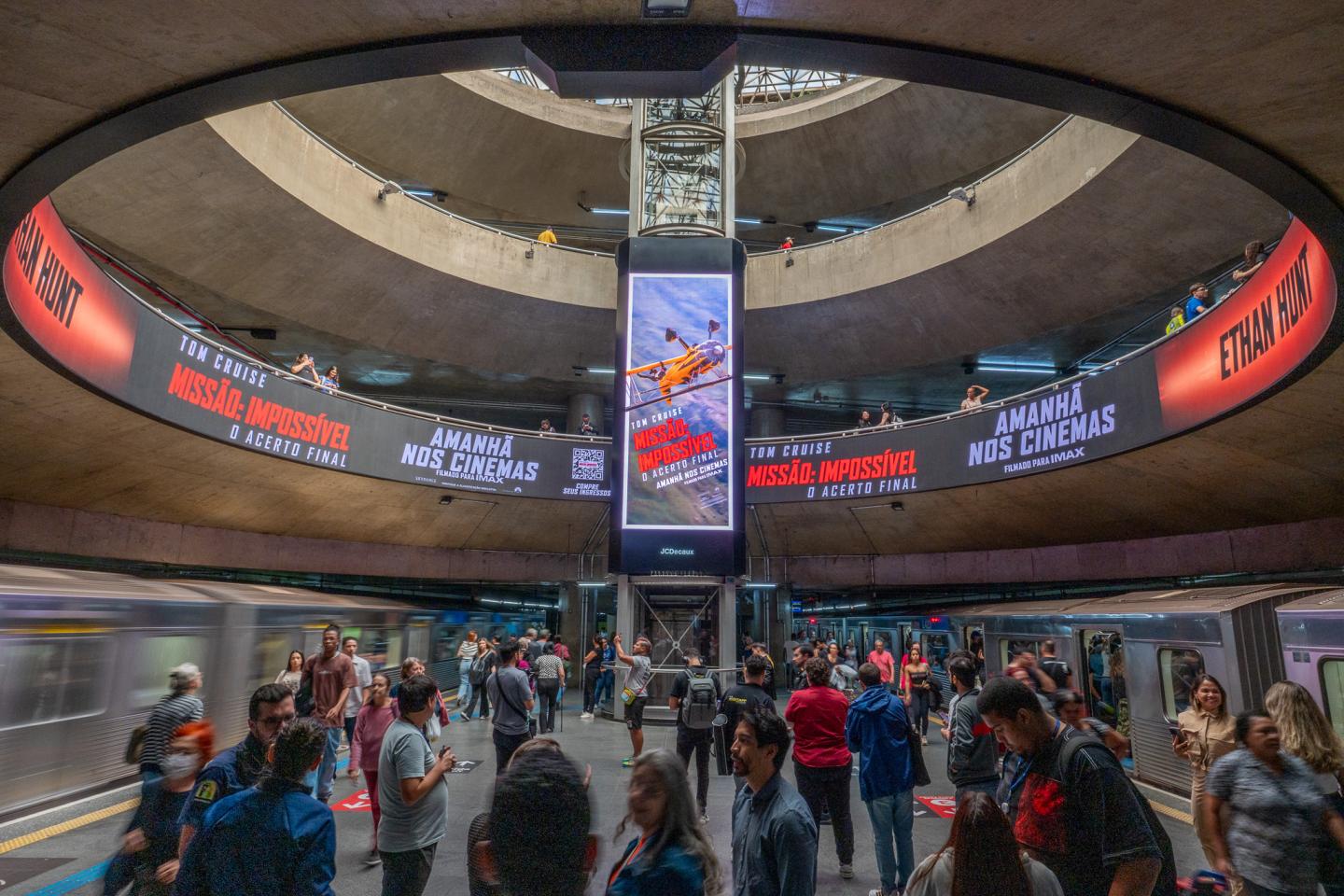
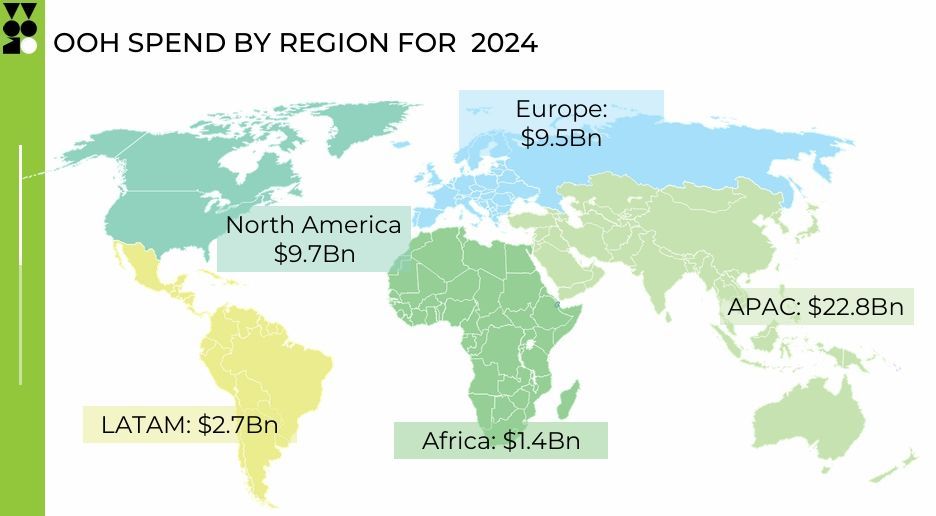
![[신간도서] NEXT OOH](https://cdn.media.bluedot.so/bluedot.oohnews/2025/06/wr0mf3_202506030151.JPG)

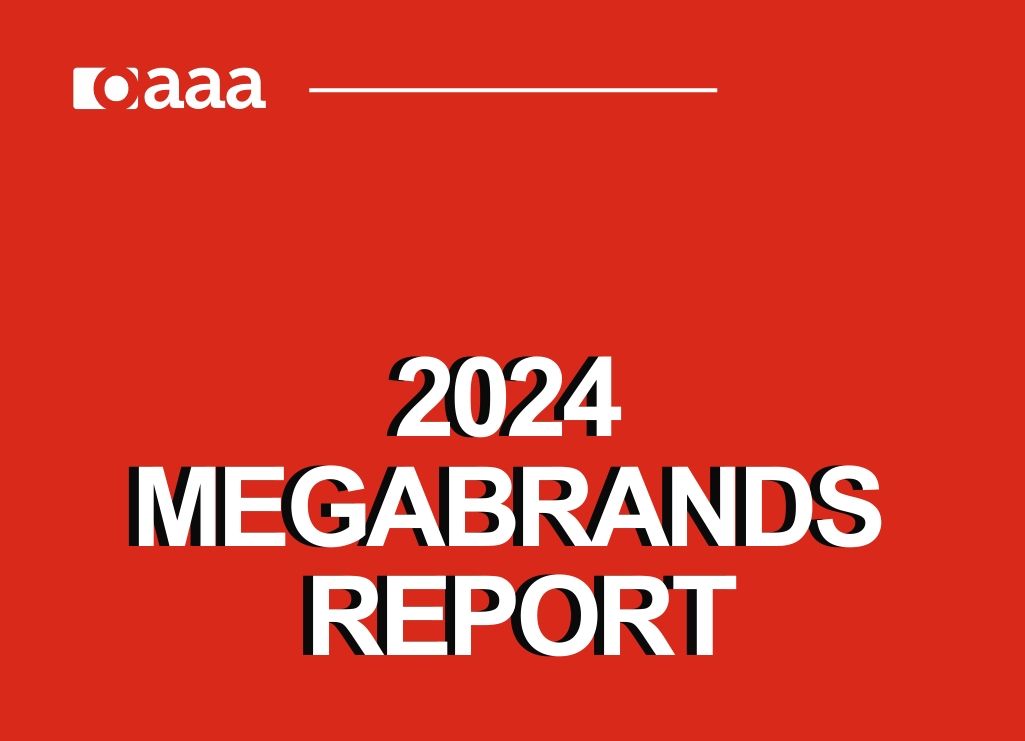
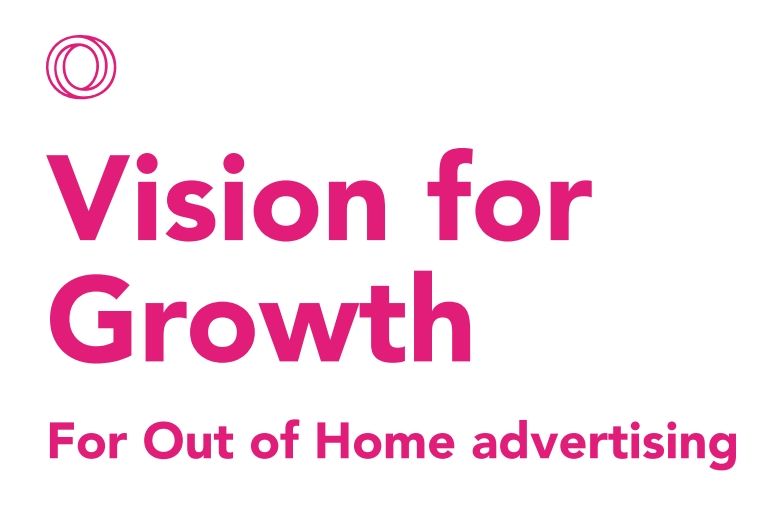
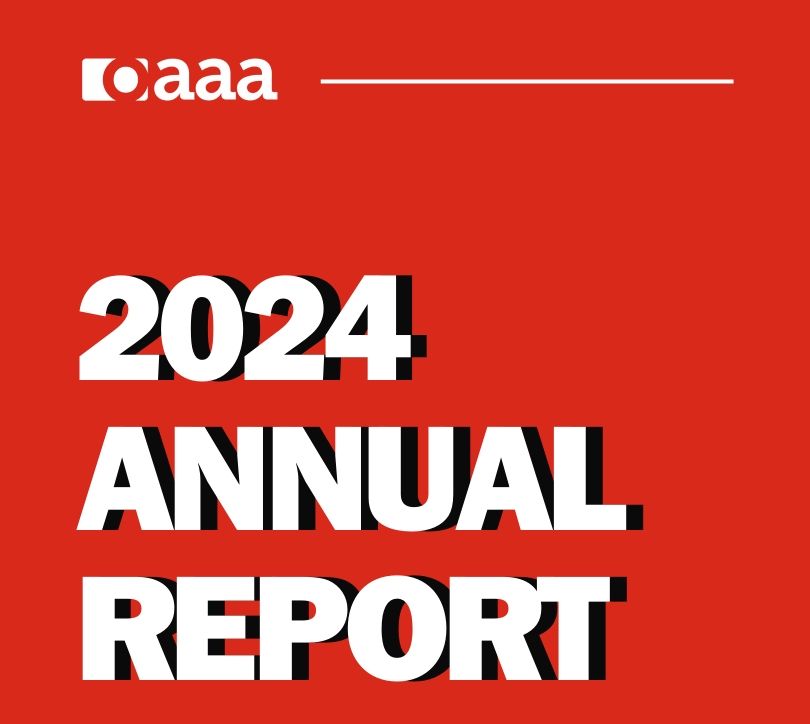
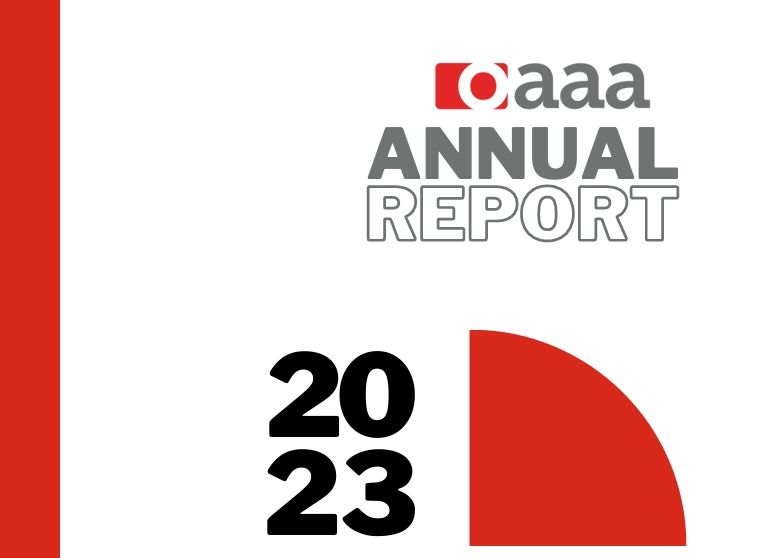
![[미국옥외광고협회] Out of Home Advertising Posts Record Third-Quarter Volume](https://cdn.media.bluedot.so/bluedot.oohnews/2024/11/2doqxb_202411220622.jpg)


